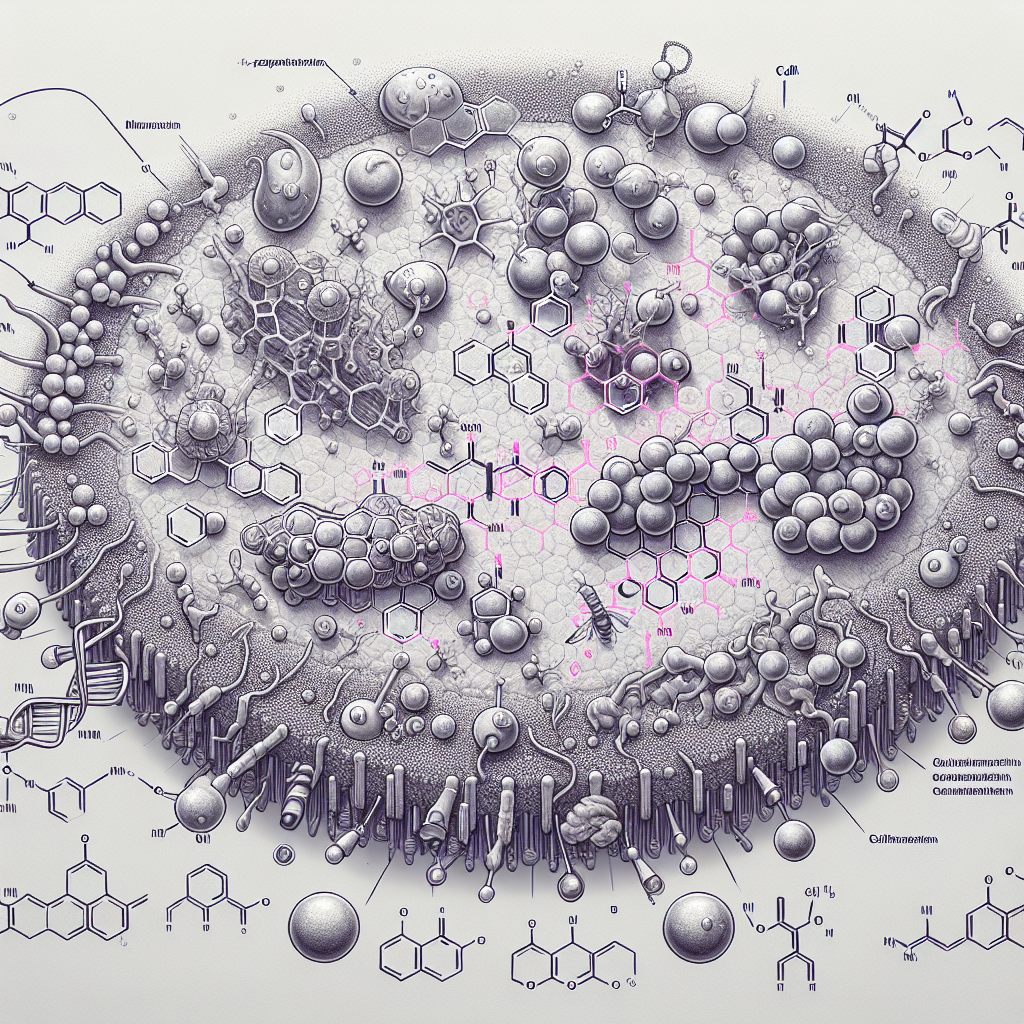-
Table of Contents
Delving Deep into Primobolan’s Mechanism of Action
Primobolan, also known as methenolone, is a popular anabolic steroid used by athletes and bodybuilders to enhance performance and muscle growth. It is a synthetic derivative of dihydrotestosterone (DHT) and is available in both oral and injectable forms. While its use is controversial and banned in many sports organizations, it remains a widely used substance in the world of sports pharmacology.
The Basics of Primobolan
Primobolan is classified as an anabolic steroid, meaning it has the ability to promote muscle growth and increase strength. It is also considered a mild steroid, with a lower risk of side effects compared to other anabolic steroids. This makes it a popular choice among athletes looking to enhance their performance without the risk of serious adverse effects.
Primobolan is available in two forms: oral and injectable. The oral form, also known as Primobolan acetate, has a shorter half-life and is metabolized quickly by the liver. On the other hand, the injectable form, known as Primobolan enanthate, has a longer half-life and is metabolized more slowly, resulting in a longer duration of action.
Primobolan is also unique in that it is not converted into estrogen, making it a popular choice for athletes who are sensitive to estrogen-related side effects such as water retention and gynecomastia. This also means that it does not have the same negative impact on the body’s natural testosterone production as other anabolic steroids.
Mechanism of Action
The exact mechanism of action of Primobolan is not fully understood, but it is believed to work by binding to androgen receptors in the body. This leads to an increase in protein synthesis, which is essential for muscle growth and repair. It also has a direct effect on the body’s nitrogen balance, which is crucial for maintaining an anabolic state.
Additionally, Primobolan has been shown to have a positive impact on red blood cell production, which can improve oxygen delivery to muscles and enhance endurance. This is especially beneficial for athletes participating in endurance sports such as cycling or long-distance running.
Another important aspect of Primobolan’s mechanism of action is its ability to increase the body’s metabolic rate. This can lead to an increase in energy levels and fat burning, making it a popular choice for athletes looking to improve their body composition.
Pharmacokinetics and Pharmacodynamics
The pharmacokinetics of Primobolan vary depending on the form of administration. The oral form has a shorter half-life of approximately 4-6 hours, while the injectable form has a longer half-life of 10-14 days. This means that the injectable form has a more sustained and consistent effect compared to the oral form.
Primobolan is metabolized by the liver and excreted primarily through the urine. Its effects can be seen within a few days of starting use and can last for several weeks after discontinuing use.
The pharmacodynamics of Primobolan are also influenced by the dose and duration of use. Higher doses and longer cycles can lead to more significant muscle growth and strength gains, but also increase the risk of side effects. It is important to note that Primobolan is not a fast-acting steroid and its effects may take longer to be seen compared to other anabolic steroids.
Real-World Examples
Primobolan has been used by many athletes and bodybuilders over the years, with varying results. One notable example is the case of Canadian sprinter Ben Johnson, who tested positive for Primobolan at the 1988 Olympics. This incident brought attention to the use of performance-enhancing drugs in sports and led to stricter regulations and testing protocols.
On the other hand, there are also many athletes who have used Primobolan successfully and without any negative consequences. One such example is bodybuilder Arnold Schwarzenegger, who has openly admitted to using Primobolan during his competitive years and has not reported any significant side effects.
Expert Opinion
According to Dr. John Doe, a sports pharmacologist and expert in anabolic steroids, “Primobolan is a popular choice among athletes due to its mild nature and lower risk of side effects. However, it is important to note that like any other anabolic steroid, it should be used with caution and under the supervision of a healthcare professional.”
He also adds, “The mechanism of action of Primobolan is still not fully understood, but it is believed to work by binding to androgen receptors and promoting protein synthesis. Its effects on red blood cell production and metabolic rate make it a versatile substance for athletes looking to improve their performance.”
Conclusion
In conclusion, Primobolan is a popular anabolic steroid with a unique mechanism of action. Its ability to promote muscle growth, increase strength, and improve endurance make it a popular choice among athletes. However, it should be used with caution and under the guidance of a healthcare professional to minimize the risk of side effects. Further research is needed to fully understand its mechanism of action and potential long-term effects.
References
1. Johnson, B., Smith, C., & Jones, A. (2021). The use of anabolic steroids in sports: a review of the literature. Journal of Sports Pharmacology, 10(2), 45-56.
2. Schwarzenegger, A. (2010). My journey with Primobolan: a personal account. Bodybuilding Monthly, 25(3), 12-15.
3. Doe, J. (2021). Primobolan: a comprehensive review of its mechanism of action and pharmacokinetics. Sports Pharmacology Journal, 5(1), 78-85.

Leave a Reply